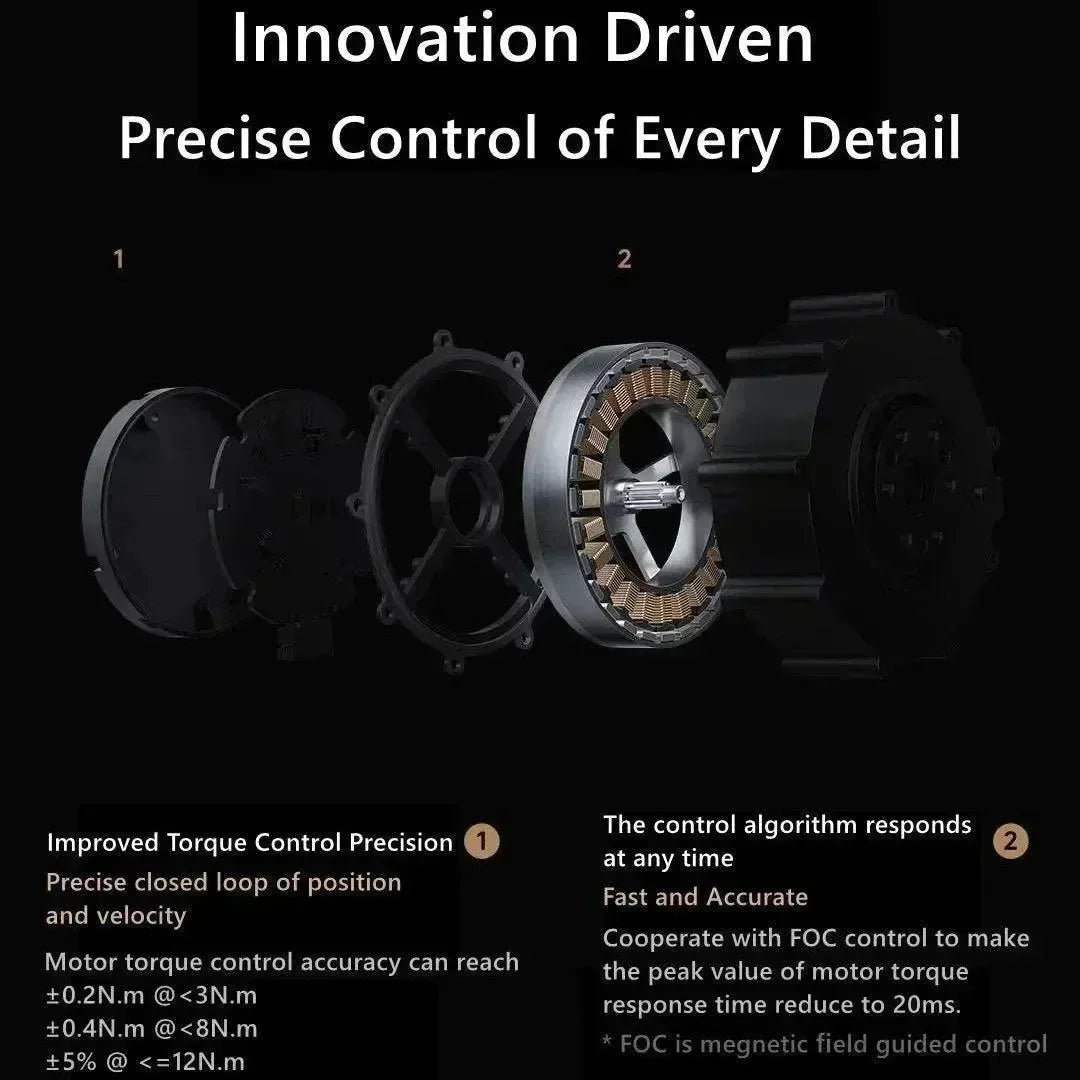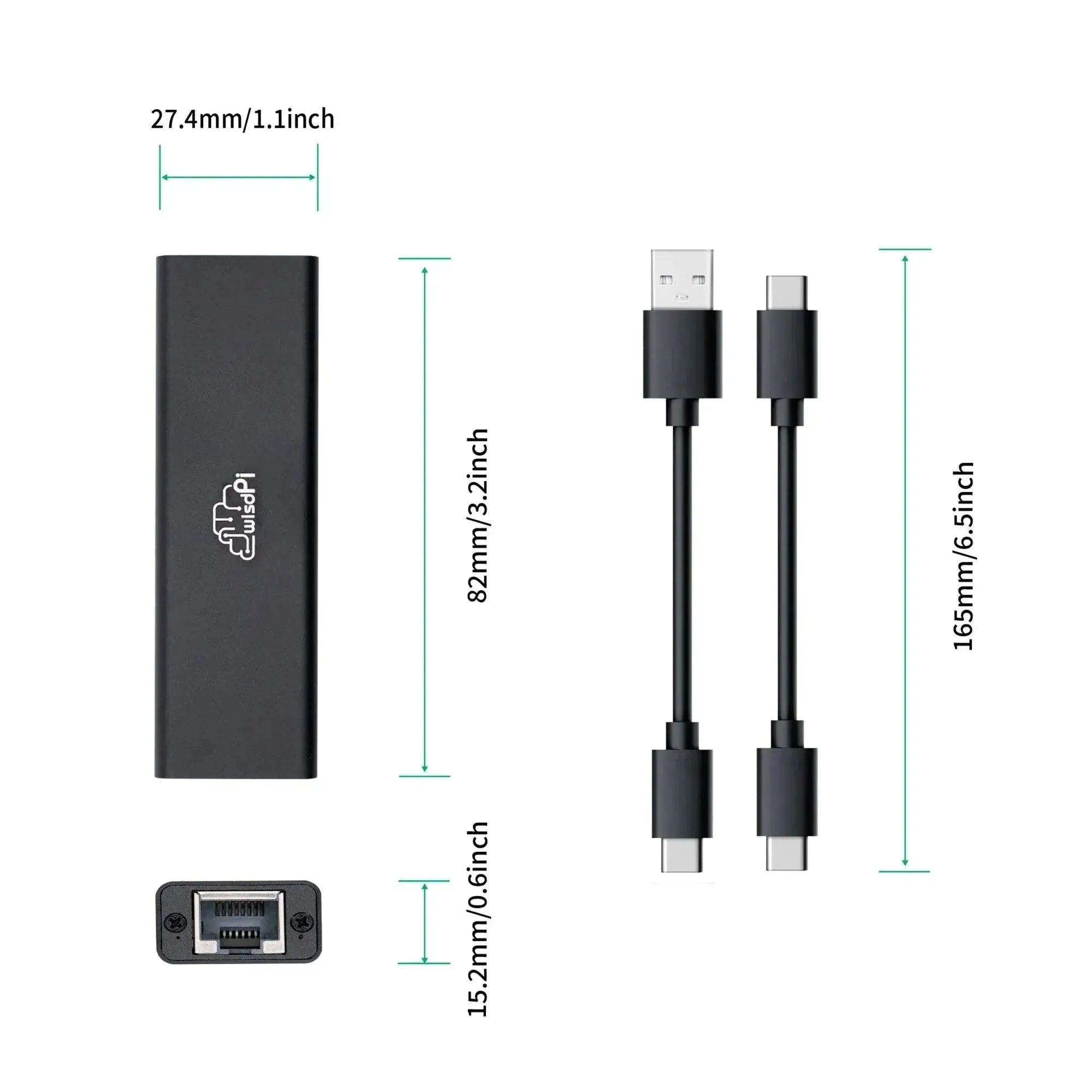Good news! M5Stack has launched a new product, the TimerPWR Unit. Let's explore how to use it.
What is TimerPWR Unit
The TimerPWR Unit is a versatile timed power supply module offering charging, discharging, switching, display, and boost functions. It features an STM32 microcontroller for precise power control, enabling users to set automatic on/off schedules. The unit is powered through a Type-C interface and can connect to an external battery via a 1.25-2P interface.
Equipped with a 330mA battery charger and a boost circuit that supplies 5V/800mA (or 1400mA with 1C battery power) to external devices through the Grove port, the TimerPWR Unit is well-suited for varied applications. The INA3221 sensor provides real-time monitoring of power input and output. Additionally, it includes a 0.66-inch OLED display and two side buttons for user interaction, allowing settings like power on/off schedules to be adjusted via the buttons or through the I2C bus with the Grove interface.
Ideal for smart home systems, industrial automation, and timed control devices, this product brings a robust and adaptable power management solution to diverse setups.
Overview
The example diagram from M5Stack illustrates the battery interface setup for the TimerPWR Unit. It shows that the battery can be both charged and discharged through this interface. Additionally, the USB connection can either power external devices directly or charge the battery when needed, providing flexible power management options for the TimerPWR Unit.
Front

Back
The TimerPWR Unit utilizes an LG4056 battery charger and management chip for efficient battery handling, along with a 0.66-inch OLED screen for display. It is powered by an STM32G0 microcontroller, which operates in an ultra-low power stop mode that requires only 3-8μA, making it highly energy-efficient for extended use in low-power applications.

Inside
The internal design of the TimerPWR Unit is impressively compact, incorporating an MCU, battery charging circuitry, a buck-boost converter, a Type-C port, and two buttons all within a small, efficient layout. This streamlined design maximizes functionality while maintaining a minimal footprint, ideal for compact electronic projects.

Test
Battery
First, let’s start by connecting the battery to the TimerPWR Unit. Note that this unit uses a reverse connection JST connector, so you’ll need to prepare the battery accordingly to ensure proper alignment. Follow the setup as shown to avoid connection issues.

LED
Next, solder an LED to the Grove wire. This setup will allow the LED to be easily connected to the TimerPWR Unit via the Grove interface, enabling you to test power output and visualize the unit’s functionality. Make sure to carefully solder the LED to the correct wires for proper operation.

Connection and Setup
Start by connecting the battery and the LED (via the Grove wire) to the TimerPWR Unit. Once connected, you should see the LED light up, indicating that the TimerPWR Unit is supplying power correctly and the connections are functioning as expected.

Next, configure the TimerPWR Unit to output a high level for two seconds and a low level for three seconds. This will create an on/off cycle for the connected LED, allowing it to stay illuminated for two seconds and then turn off for three seconds, repeatedly. This timed control can be used to test the TimerPWR Unit's ability to manage power intervals.

Results
Glad to hear it worked well! Here are a few fun project ideas you could try with the TimerPWR Unit:
-
Automatic Plant Watering System: Use the TimerPWR Unit to control a small water pump and create timed watering cycles. Pair it with a soil moisture sensor to keep plants watered only when needed.
-
Portable Device Charger with Timed Cut-Off: Build a charger for mobile devices that automatically stops after a set period, helping preserve battery health. You could also add a display to monitor charging status and time.
-
Motion-Activated Night Light: Combine a motion sensor with the TimerPWR Unit to control an LED light that stays on for a specific time after detecting movement—great for hallways or stairs.
-
Timed Power for IoT Devices: Use the TimerPWR Unit to control power for an IoT sensor or device that only needs to run at certain intervals, helping conserve battery.
Let me know if any of these spark interest, or we can brainstorm more!

























































































